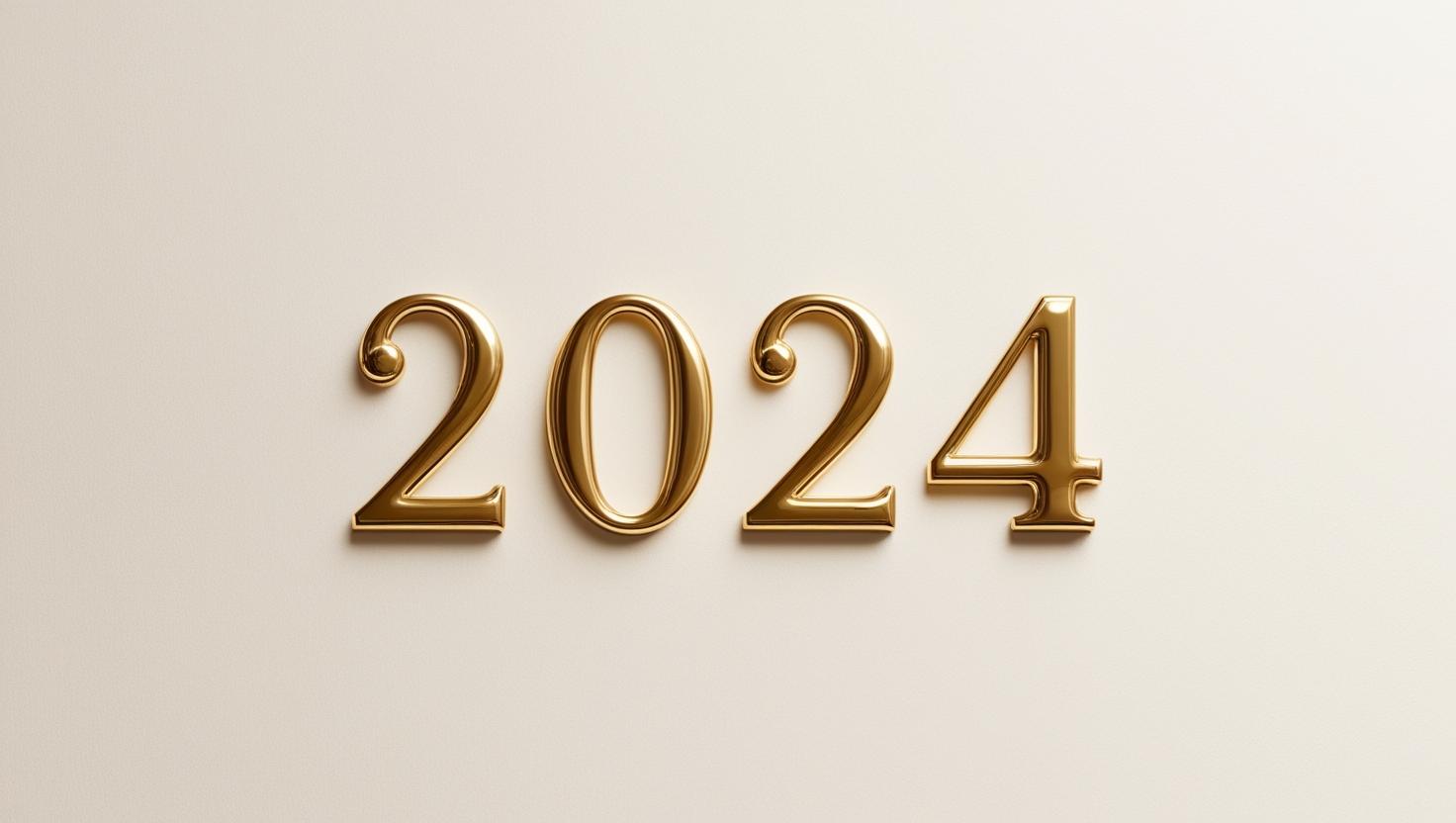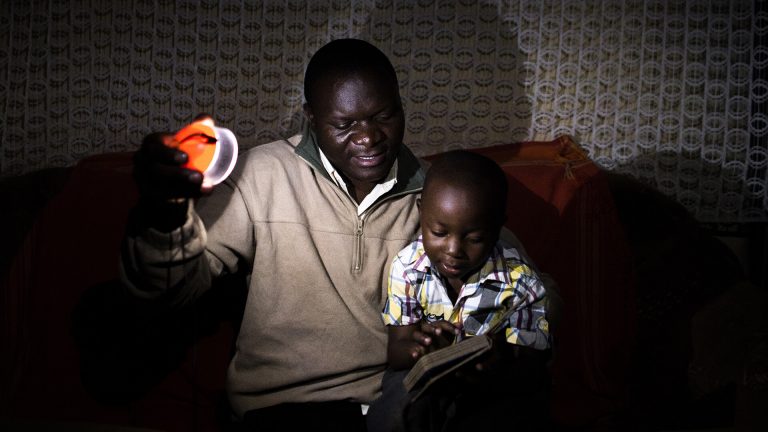
In 2024, our research team has been active across the globe, with quantitative or qualitative research in four continents and the introduction of exciting new OSINT capabilities. This year we conducted
- 37 nationally representative polls reaching 53,000 people in 12 countries
- 78 focus groups across 6 countries
- OSINT monitoring in four countries
- 20 mini polls on Telegram, the first time we have done this
During last year’s research team update I discussed the debut of our V6 research methodology. V6 identifies six key factors — identity, grievance, polarization, poor media habits, trust, and open-mindedness—that could make audiences vulnerable to disinformation and hostile state influence. By measuring these factors through polling, we can segment audiences to identify those most vulnerable, prioritise different interventions and measure their impact.
As with any new product, V6 has evolved. I’m proud to say that the second generation of V6 research, such as that conducted in Moldova in 2024, highlights why this methodology is so valuable to our clients and how it – along with our other research tools – is helping us guess at what 2025 might bring.
Following our first wave of V6 polling in Moldova last year, we conducted a second wave of polling in 2024. The 2024 wave identified the social trends – such as sharpened identity, heightened polarisation and increasing social media use – that were driving disinformation in the lead-up to elections. In fact, our polling predicted, down to a single percentage point, President Maia Sandu’s first-round election result and the outcome of the EU membership referendum. But the narrow referendum results risk crystalising a new dividing line in Moldovan politics – information integrity practitioners need to be aware of the potential for this to be a new means of destabilising Moldova in the lead up to the parliamentary elections in 2025.
Yet our polling work this year has been much more extensive than V6. As part of the USAID-funded Central and Eastern Media Programme (CEMP), that supports independent media across the region, we polled 10,000 people across Poland, Slovakia, Slovenia, Bulgaria, Romania, and Hungary, to understand the drivers of their media consumption and purchasing decisions. The findings – showing that around one in 10 people pay subscriptions for online news, while another one in five express a willingness to pay in the future – were well-received at the CEMP 2024 conference in Warsaw in November. For potential subscribers, interest-driven content and outlet independence are key payment drivers.
Listening to the discussions, I was struck by the bigger picture that appears from combining the learning from our V6 and CEMP findings: consumers are willing to pay for media that they feel represents people like them, but when media becomes disconnected from its audiences, they stop paying and malign actors fill the vacuum – exploiting the perceived values gap between media and consumers. Meanwhile commercial imperatives mean more quality media is going behind paywalls, whilst hostile actors are disseminating it for free on less regulated platforms. We need to find new commercial models for media that increase rather than decrease access. This presents a major challenge for both media organizations and those working on information integrity—an issue that will continue to be addressed by Zinc Network and other organizations throughout 2025.

Why we joined the fight against plastics
It’s hard to believe now, but back in 2016 hardly anyone was talking about plastic. With ‘Blue Planet 2’ still a year and a half away from being released, only NGOs were talking about the devastating effect of single-use plastics on our oceans – and hardly anyone...

GravityLight powers 38 million views
An electric light powered solely by gravity? It’s an astonishing story — and when it landed in my inbox last year, I knew I had to commission a film about it for our Facebook video channel, Zinc. After all, Zinc Facebook is dedicated to promoting positive social...
